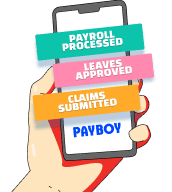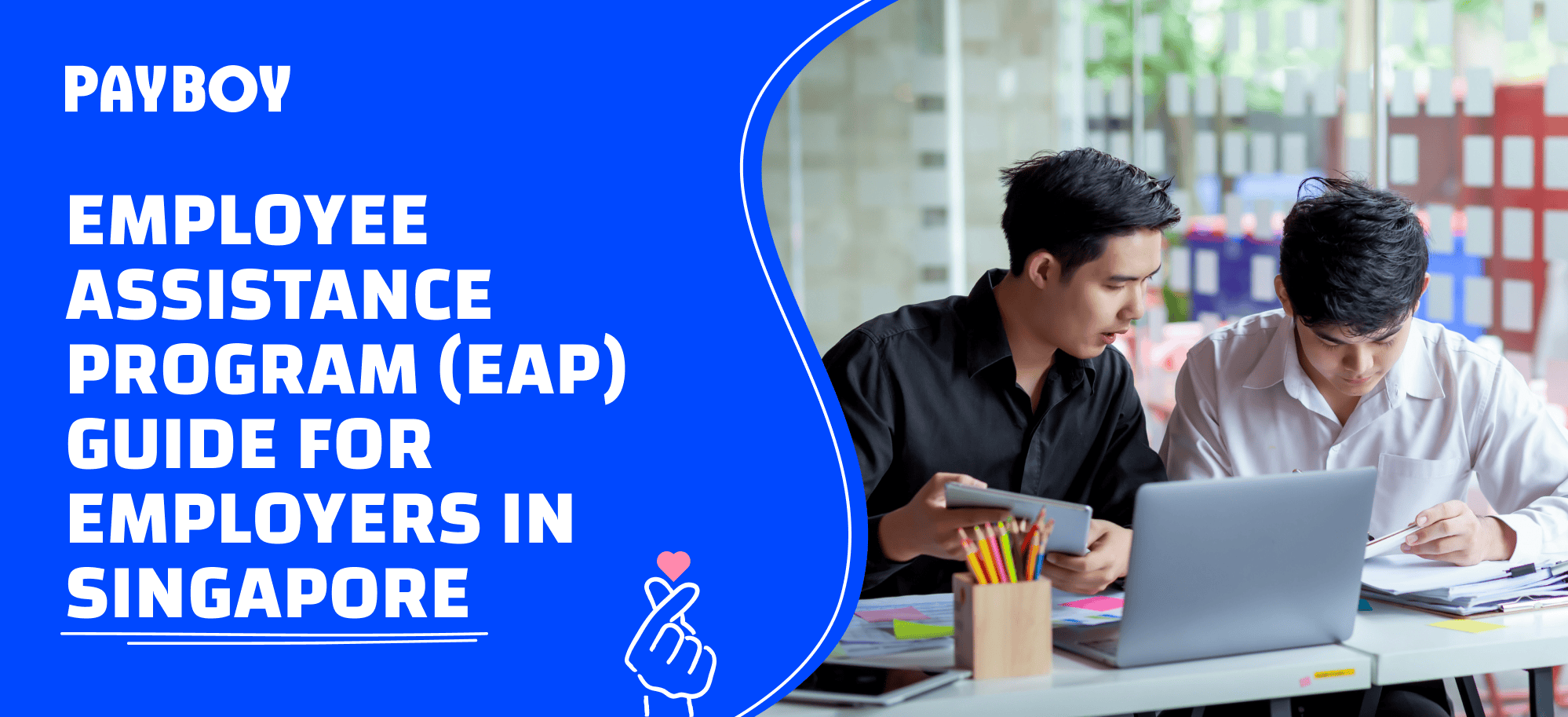When choosing HR software for your small and medium-sized business, do you often feel overwhelmed by the choices? Doubtlessly, the stakes are high and the wrong decision can result in major setbacks and headaches. The right HR software can help you streamline your HR processes, automate manual tasks, and save valuable time and resources.
You may find it confusing that HRIS, HCM, and HRMS are terms often used interchangeably to describe HR systems. In this guide, we'll provide insights on these different systems and walk you through the process of choosing the one that's the perfect fit for your business. Let’s get started!
What are HRIS, HCM, and HRMS?
What is a Human Resource Information System (HRIS)?
Human Resource Information System (HRIS) is a software that allows businesses to manage employee data, such as personal information and employment history. HRIS typically includes features such as Employee Database, Leave Management, Attendance Tracking and Applicant Tracking. In general, they help businesses automate their HR processes, reduce administrative tasks, and improve the accuracy of their HR data.
What is Human Capital Management (HCM)?
Human Capital Management (HCM) is a comprehensive system that includes HRIS but goes beyond it with features such as:
- Talent Management: This includes activities such as recruiting potential candidates and onboarding new hires.
- Workforce Planning: This involves managing and running reports on your employee attendance and shift planning.
- Performance Management: It involves planning, monitoring, and reviewing employee performance to reward good performance and identify key areas for improvements in order to create a high-performance environment.
The key purpose of HCM is that it enables businesses to manage and optimise their workforce by providing insights into the performance of employees, helping them to make data-driven decisions about recruitment, retention, training and development.
What is a Human Resource Management System (HRMS)?
Human Resource Management System (HRMS) is considered a one-stop solution to manage all HR matters, as it not only encompasses both HRIS and HCM features but also includes features such as payroll processing, claims management, project costing, and more.
While it may vary across vendors, here are some popular features that most HRMS solutions have:
- Payroll Processing
- Leave Management
- Applicant Tracking
- Performance Management
- Attendance Tracking
- Shift Scheduling
- Training Management
What should I consider when choosing among HRIS, HCM, or HRMS?
When it comes to choosing among HRIS, HCM, and HRMS solutions, there are several factors that small business owners should consider to find the right fit for their companies. These factors include:
Scalability
As your business scales, choosing a solution that can grow with you is crucial. Look for HR software that can accommodate your current needs while offering room for future expansion. Besides thinking about how many employees you have now, you should also think about how many employees you might add in the future and whether you might need more features or integrations.
Budget
There's no denying that cost is always a deciding factor, especially for small- and medium-sized businesses with limited resources. It's important to find a solution that fits your budget and gives you the features you need. Keep in mind that some HR software may have a higher up-front cost, but they can offer cost savings in the long run through increased efficiency, streamlined processes, and reduced labour costs. Other HR software may be subscription-based and charged based on the number of employees and features, which may be helpful in managing your cash flow.
To save costs, you can consider tapping on government grants like the Productivity Solutions Grant (PSG) to adopt the use of approved HR software.
Check out our guide on “SME grants and schemes guide for business owners” to see what other grants are available for you as an SME owner in Singapore!
Flexibility
No two businesses are the same, so it's important to choose HR software that can be tailored to meet your specific needs. Look for a HR solution that allows customisation, such as the ability to integrate with your accounting system or adjust the number of leaves based on the company’s leave policy. This flexibility will allow you to create a tailored solution that addresses your unique business needs.
User-friendliness
While some HR software solutions may be packed with features and functionality, they can also be complicated and challenging to use. Look for a system that is easy to use and has a clean, easy-to-navigate interface so that your employees can use it well and without getting frustrated.
Compliance
Compliance with labour laws and regulations is critical for any business to avoid late submission or non-compliance penalties. Look for a HR solution that can help ensure compliance with features such as automated calculation and submission to regulatory bodies likes CPF and IRAS.
What are the benefits of using a HRMS for SMEs?
HRMS is perhaps the most comprehensive solution to help SMEs streamline their HR operations. Here are some of the key benefits for SMEs when using a HRMS:
Increased efficiency and productivity
A HRMS can automate many manual HR tasks, like keeping track of employee records, processing payroll, and managing leaves, so that your HR team can focus on more strategic tasks such as performance management or employee engagement, which can help your business be more efficient and productive.
Improved compliance
A HRMS software can help ensure compliance with employment laws and regulations by maintaining accurate payroll records, auto-calculating and submitting CPF contributions to CPF, and submitting employee income details to IRAS via the Auto-Inclusion Scheme (AIS). This will reduce the risk of costly fines and legal disputes.
Check out our guides to learn more about CPF and AIS:
Enhanced data security
By providing a centralised system for managing employee data, a HRMS ensures that sensitive information is stored securely and accessible only to authorised personnel. This helps protect your business from data breaches and other security threats.
Improved employee engagement
HRMS can help improve communication and employee engagement by making it easy for them to access important HR information such as payroll, leave balances, and performance evaluations.
Cost savings
By automating manual HR processes and reducing the risk of compliance violations and data breaches, a HRMS can help save your business money in the long run.
What are the benefits of using Payboy as your preferred HRMS?
- 100% compliant and 100% peace of mind
- Forget about payroll calculations, CPF contributions and IR8A submissions. Our software will automatically calculate them for you and keep you compliant with the latest regulations from MOM, CPF and IRAS.
- Covers any work arrangement
- Working with full timers, part timers, freelancers and contract staff? We’ll take care of the unique payroll requirements for each working arrangement.
- Transparent, Accurate and Simple
- Full visibility on how payroll is calculated automatically based on shifts, attendance, leave and submitted claims, within an intuitive experience.
- Fully integrated with your preferred platforms
- We’ll fit into your ecosystem seamlessly and keep your finance team happy. Learn more about our seamless integration with Xero, Financio, and Quickbooks.
Streamline your HR processes with Payboy today!
As a PSG-approved HRMS, Payboy provides a robust system to help you manage your HR tasks so that you can focus on your business and people!
With our wide range of modules, you can customise a solution to meet the specific needs of your business:
Payroll Processing | Leave Management | Claims Management | Applicant Tracking
Time Attendance | Shift Scheduling | Appraisal System | Inventory Management
Project Costing | Training Management | Benefits





















